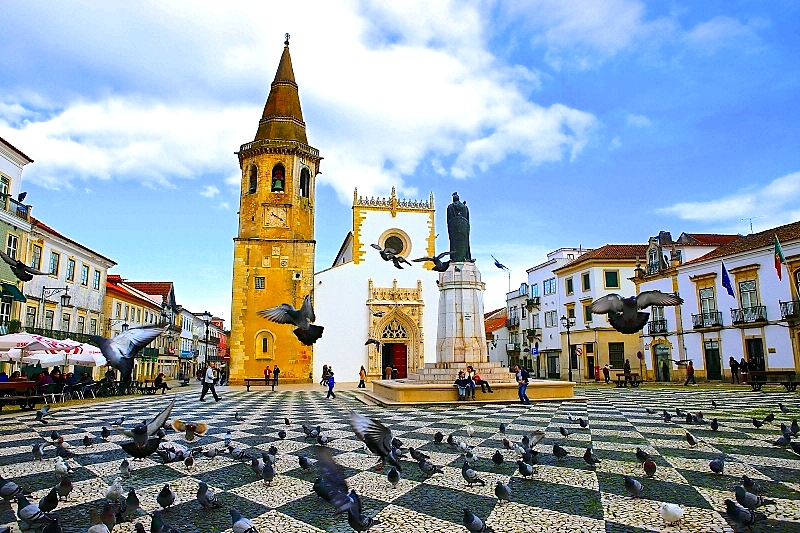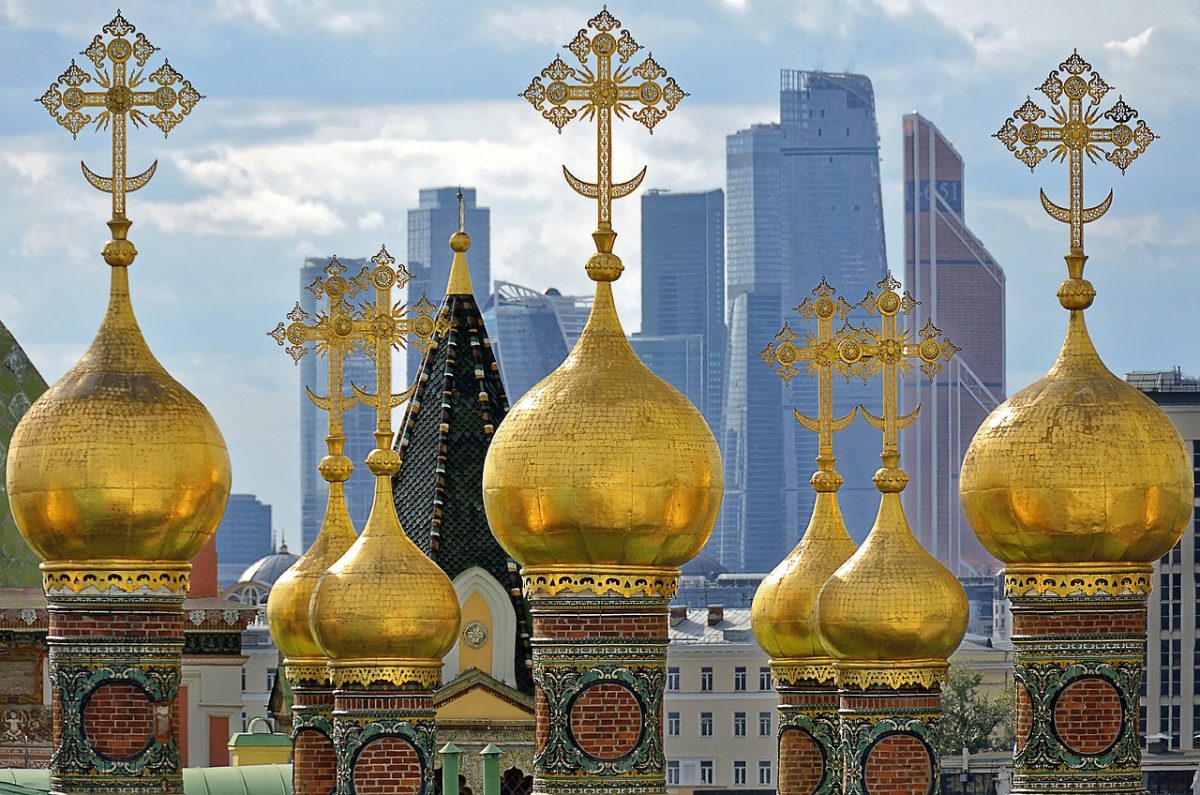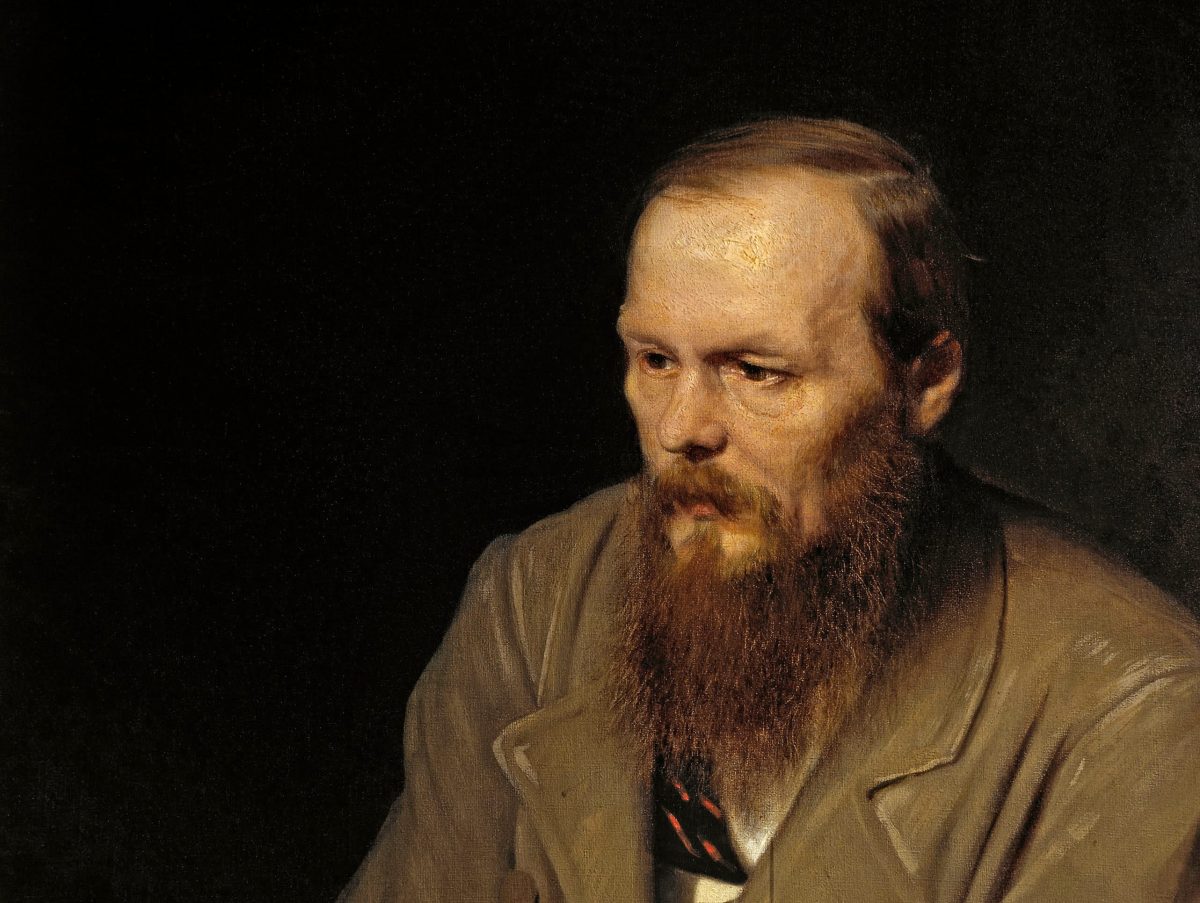Former seat of the Order of the Knights Templar, Tomar is a city of great charm for its artistic and cultural wealth, whose greatest expression is in the Convent of Christ, one of the chief works of the Portuguese Renaissance. Whatever your reason for visiting the city, climbing up to the Templar castle and discovering the monumental work of the Convent of Christ is a must.
The oldest mediaeval urban area has a cross-shaped layout, orientated along the points of the compass, with a convent at each end. The Praça da República, with its Main Church dedicated to St. John the Baptist, marks its centre, with the Castle hill and the Convent of Christ to the west. The surrounding streets are lined with traditional shops, including the oldest café where the delights of the local pastries can be appreciated: almond and squash queijadas (cheese cakes) and the traditional Fatias de Tomar (Tomar slices) made with just egg yolks and cooked in a bain-marie in a very special pot, invented by a local tinsmith in the mid-20th century.
To the south is the Convent of São Francisco, where you can visit today the interesting Museu dos Fósforos (Match Museum), and to the north the former Convent of Anunciada. To the east, on the site of the current Museu da Levada, you can see the old mills, powered by the River Nabão which crosses the city. On one of its banks is the Convent of Santa Iria, and a little further along, the Church of Santa Maria do Olival, which houses the tombs of several Knights Templar, including that of Gualdim Pais, the first master, who died in 1195. Discover the best things to do and see and the best places to visit in Tomar!
1. Convent of Christ
The Convent of Christ sits atop a hill, in the interior of the walls of the Castle of the Knights Templar, dominating the city of Tomar, Portugal. Both the castle and convent were the headquarters of the Knights Templar until 1314 and of the Order of Christ from 1357 onwards. The castle was built in 1160, and the whole area is nowadays listed as World Heritage by the UNESCO.
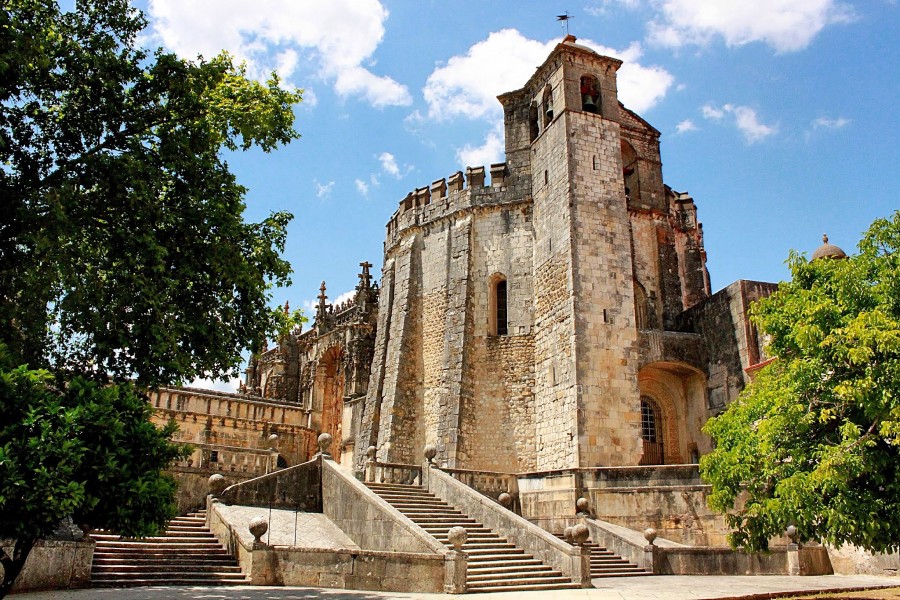
The building of the Convent of Christ, partly directed by the renowned architect João de Castilho, extended from the 12th to the 17th century. Nowadays, the building itself can be considered a museum of the different architectural styles of Portuguese history: Romanic, Gothic, Manueline, Renaissance.
2. Convent Charola
The Charola was the private oratory of the Templar Knights, inside the fortress. Its typology is common to the Byzantine churches, which again integrate the Romanesque with the movement of the Crusades. In this typology the temple is based on a plant developed around a central space, which, in the Templar rotunda, has the form of an octagonal prism, or drum, that unfolds in sixteen faces in the face of the ambulatory, thus closing the volumetry of the building. Completed in 1190, the Charola had the entrance facing east. It was the works of D. Manuel I that established it to the south, in the nave with which it extended the church, outside the castle walls.
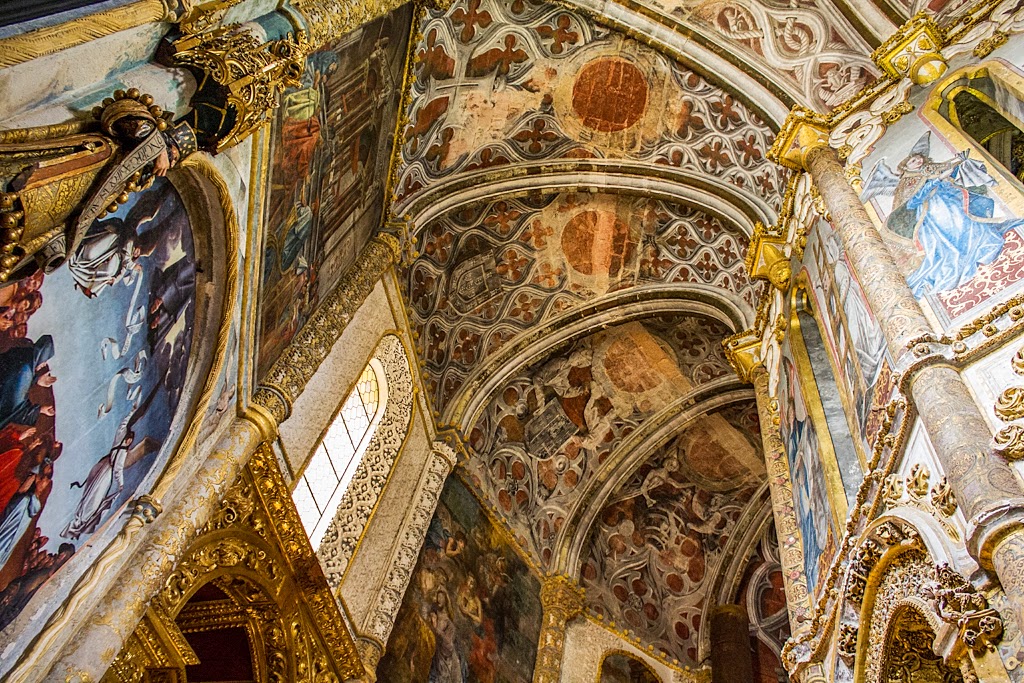
Already with the castle seat of the knights of Christ, Infante D. Henrique, governor and regedor of the Order from 1420 to 1460, will make the first changes in the roundabout Templar in order to endow it with the space requirements with a view to the liturgical functions of the branch of contemplative friars that he had introduced in the Militia of Christ. For this he will open two windows on the side of the two sections of the ambulatory facing west, and then install a wooden choir hanging on the masonry. At the same time it opens four chapels on the walls of the ambulatory. In the remaining sections installs altars surrounding the ambulatory. Particularly important was the discovery, today, of Manueline paintings on the vault of the ambulatory, which had been covered with lime after the earthquake of 1755, the effects of which were felt in the building. Its restoration occurred between 1987 and 2014.
3. Window of the Chapter House
Perhaps the finest example of Manueline stonework at the Convent of Christ is the west window, referred to as the Window of the Chapter House (Janela do Capítulo). It is so richly sculpted that it can be overwhelming to the eye at first, but a closer look reveals a wealth of meaningful and carefully-planned details, all illustrating Portugal’s great status as a sea power.
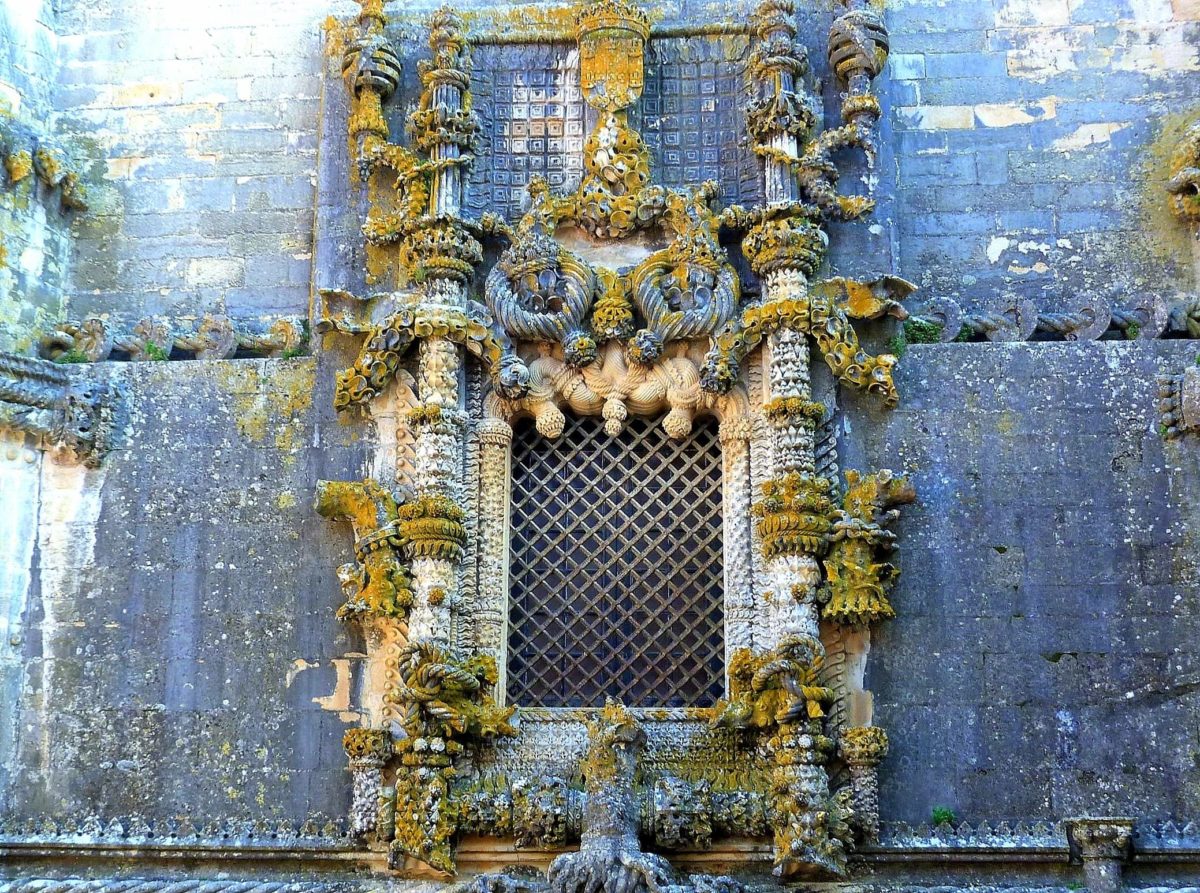
Among the sculptures are ropes, knots, full sails, mariners with the tools of their craft, and various seascapes. A human figure in the bottom of the window probably represents the designer, Diogo de Arruda.
4. Castle of Tomar
The Templar Castle in Tomar, was constructed by Gualdim Pais in the mid 12th Century on a strategic location high on a hill close to the River Nabão. A designated UNESCO World Heritage Site, the Castle is a fine example of Templar architecture of great historic and cultural significance. The castle was part of the defence system created by the Templar Knights to secure the border of the Christian Kingdom against the Moors and remained a major stronghold for nearly two centuries during the Middle Ages. Later it played a significant part in the New World explorations of the 15th Century, led by one of the Order’s most famous grand masters, Henry the Navigator.
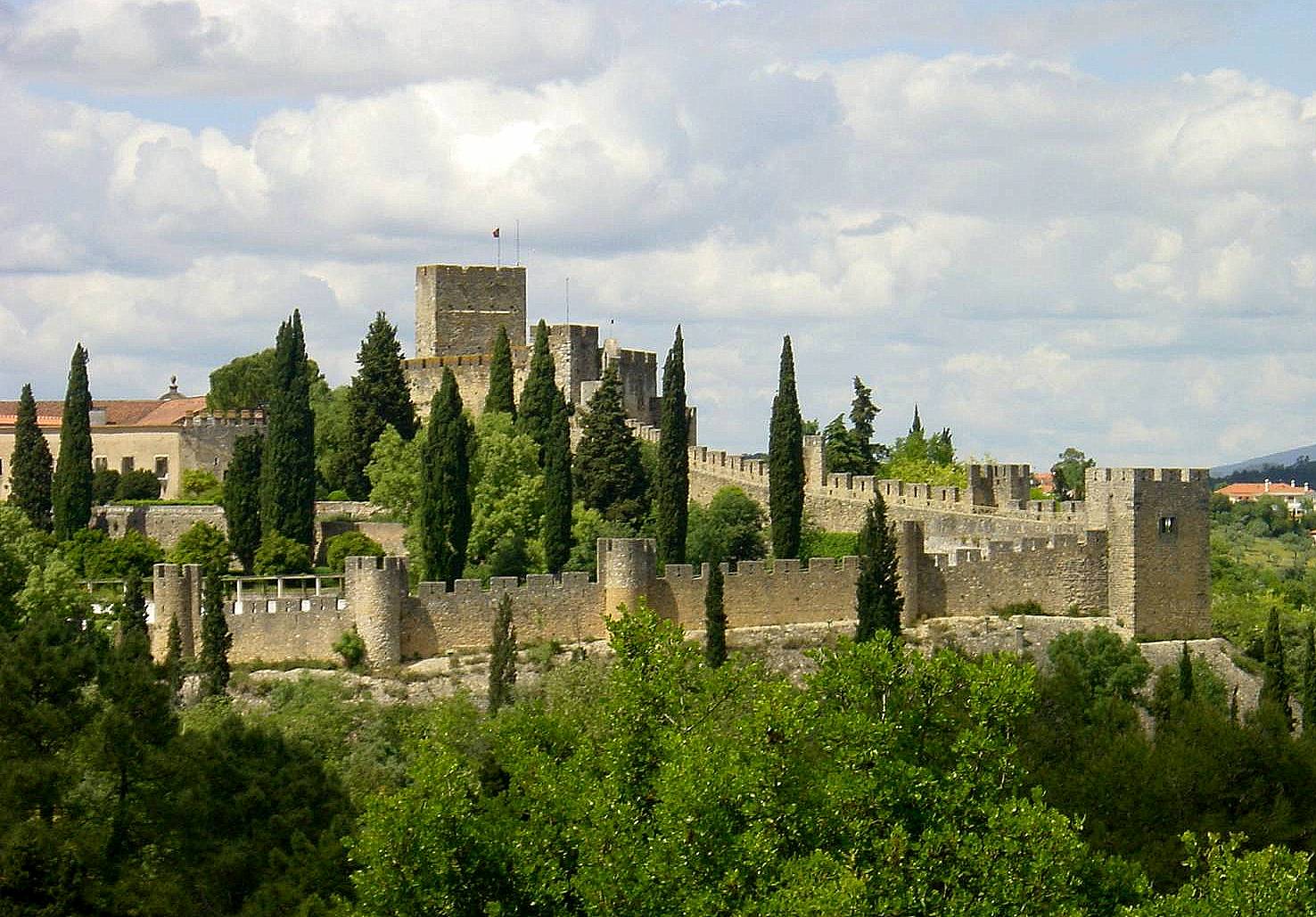
The complex consists of an outer defensive wall and a citadel with a keep inside and boasts several architectural points of note. The concept of a keep was introduced to Portugal by the Templar Knights as a central tower with administrative and residential functions, and the example at Tomar is one of the oldest and finest in the country. Within the outer walls of the castle lie the remains of the residents’ dwellings that were located within the protective city boundaries. The rounded towers of the outer walls were another novelty of their time, introduced to Portugal at the Templar Castle in Tomar. The rounded towers proved more resistant to attacks than the traditional square towered format.
5. Pegões aqueduct
Situated near Tomar, over the valley of the Ribeira dos Pegões, the Pegões Aqueduct is one of the largest and most imposing Portuguese aqueducts. It was built at the end of the 16th century and principles of the 17th century, at the behest of Philip I, to supply the Convent of Christ with water. The history of this aqueduct is therefore strongly linked to that of the convent. However, in spite of its large size and its reasonable state of conservation, the Pegões Altos Aqueduct is relatively little known and is not even mentioned by most of the tour guides, who for the city of Tomar only refer to the convent and some churches.
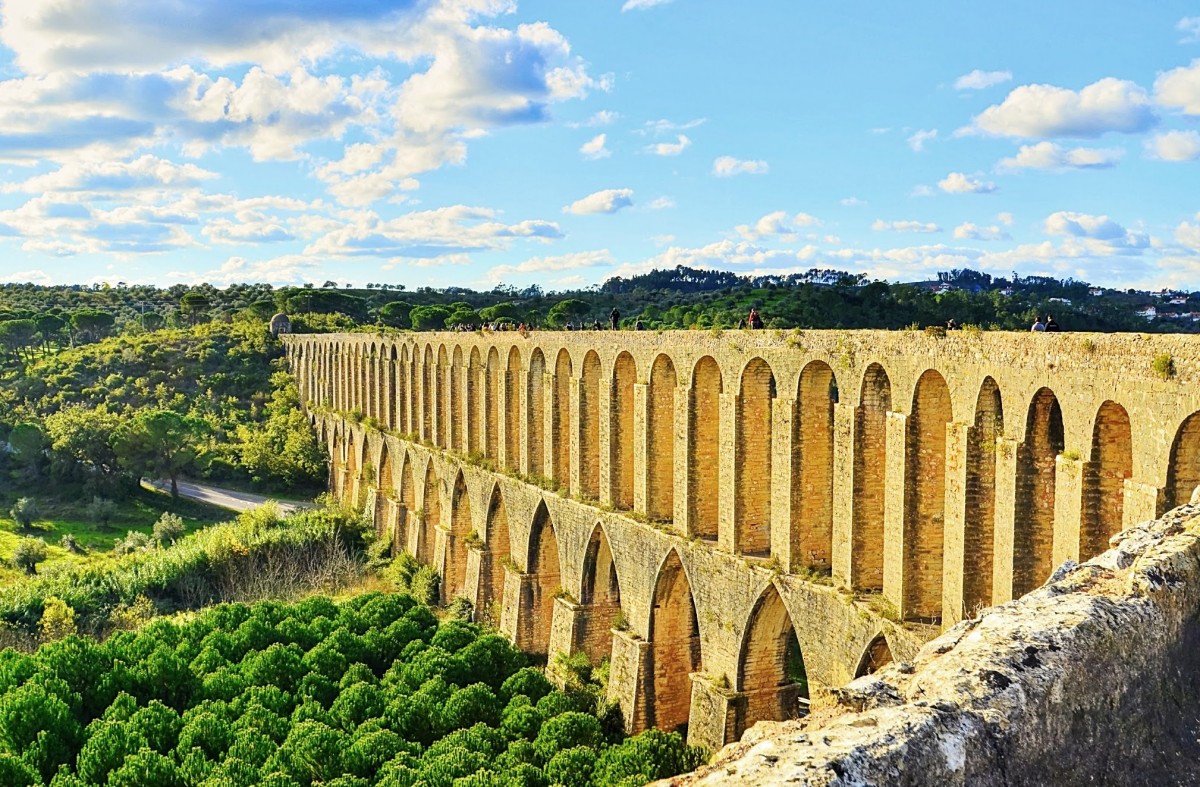
So anyone who sees this monument for the first time will certainly be amazed to discover that there is an aqueduct of this greatness so close to the city. The Pegões Aqueduct has a total length of about 5 to 6 km and in the larger section reaches a maximum height of 30 meters. Here the construction is composed of two rows of arches, the upper ones being round. Originally, the aqueduct was supplied by three sources of water. The aqueduct can be traversed on foot along its upper part, as there is a platform that accompanies the water gutter. This journey is a unique experience, since the other Portuguese aqueducts can not be traveled freely.
6. Mata Nacional dos Sete Montes
Located in the centre of Tomar alongside one of the city’s main avenues, the 39-hectare “Mata dos Sete Montes” National Woodland is the city’s main park. The woodlands provide a link to the castle. They are also known as the Convent Enclosure since they form an integral part of the convent and were used by the Order of Christ for growing and harvesting crops.
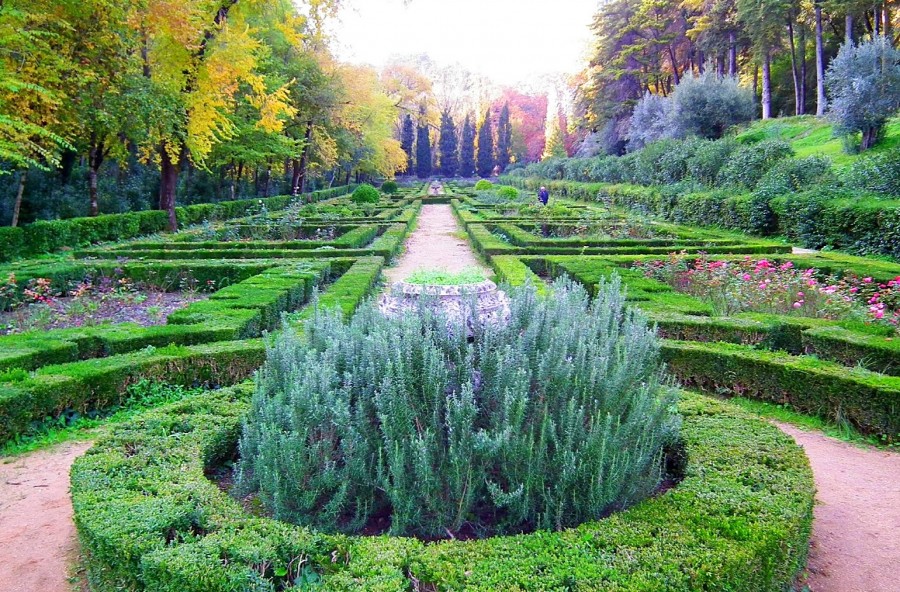
The wood’s leafy vegetation includes centuries-old cypress trees, Judas trees, oak trees and olive trees, and harbour a miniature church in the form of a cylindrical tower known as the “Charolinha”. This carved stone church appears to be a replica of the lantern towers of the Convent of Christ, built in accordance with plans drawn up by João de Castilho – the architect entrusted with the Renaissance works in the convent. Surrounded by a circular tank, the Charolinha is a “Casa de Fresco”. It seems to be isolated from the world, a secret hidden retreat accessible via a stone bridge.
7. Church of Santa Maria do Olival
The Igreja de Santa Maria do Olival was built at the orders of the knight Gualdim Pais in the 12th century to serve as the Pantheon for the Order of the Knights Templar. Inside the church are the Gothic tombs of Gualdim Pais, Mestre Lourenço Martins and Mestre Dom Gil Martins. The church that can now be seen by visitors dates from the 13th century and, because of its characteristics, is considered to be a classic example of Portuguese Gothic architecture.
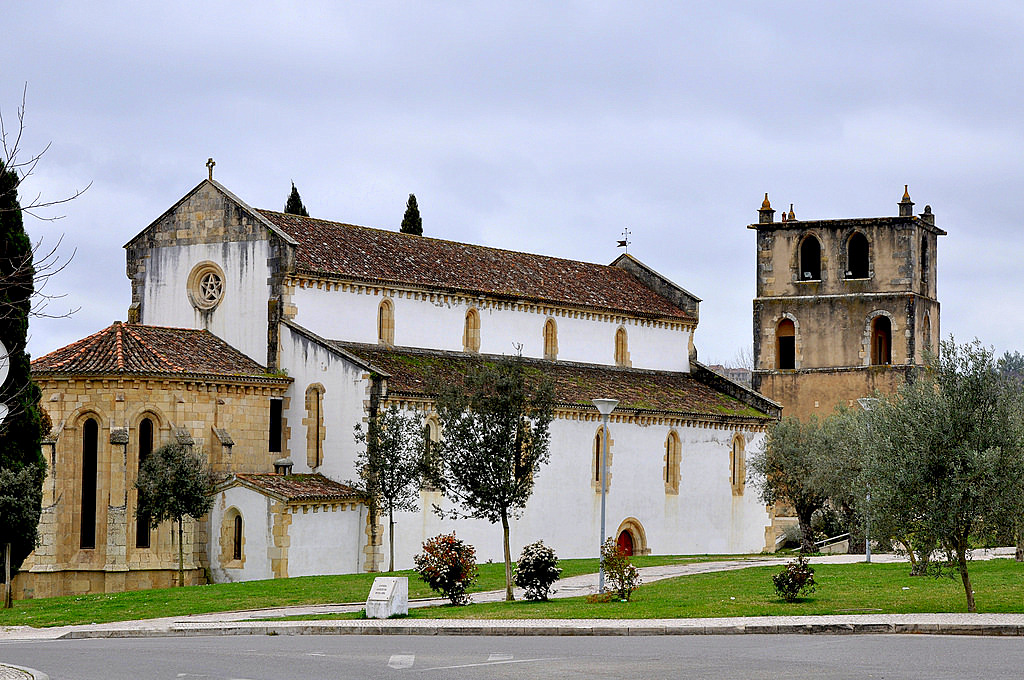
Its interior is spacious with a central nave and two side aisles lit by the large rose-window in the façade. The church has a plain and simple appearance both inside and outside, which is a typical feature of the Mendicant Orders. It is believed that its master builder also worked on the Mosteiro de Alcobaça. At the top of its main façade is a rectangular tower that is thought to have had a tunnel connecting the church to the Castle of the Knights Templar in Tomar.
8. Mills D’El Rei
The mills of El Rei are located in the Everard Street, also known as “Levada” street, on the right bank of the river Nabão. In century XII the river arrived until the street of the Moinhos, name that gained in Midle Age when it was in front of the mills of the village. When they founded Tomar in 1160, the Templars soon built mills near Nabão. The first charter of Tomar, donated by D. Gualdim Pais in 1162, already spoke of water mills, that is, mills that grind the cereals using the force of the water. The Templars erected a pond, now called the Friars, diverting part of the river Nabão to a canal, the levada.
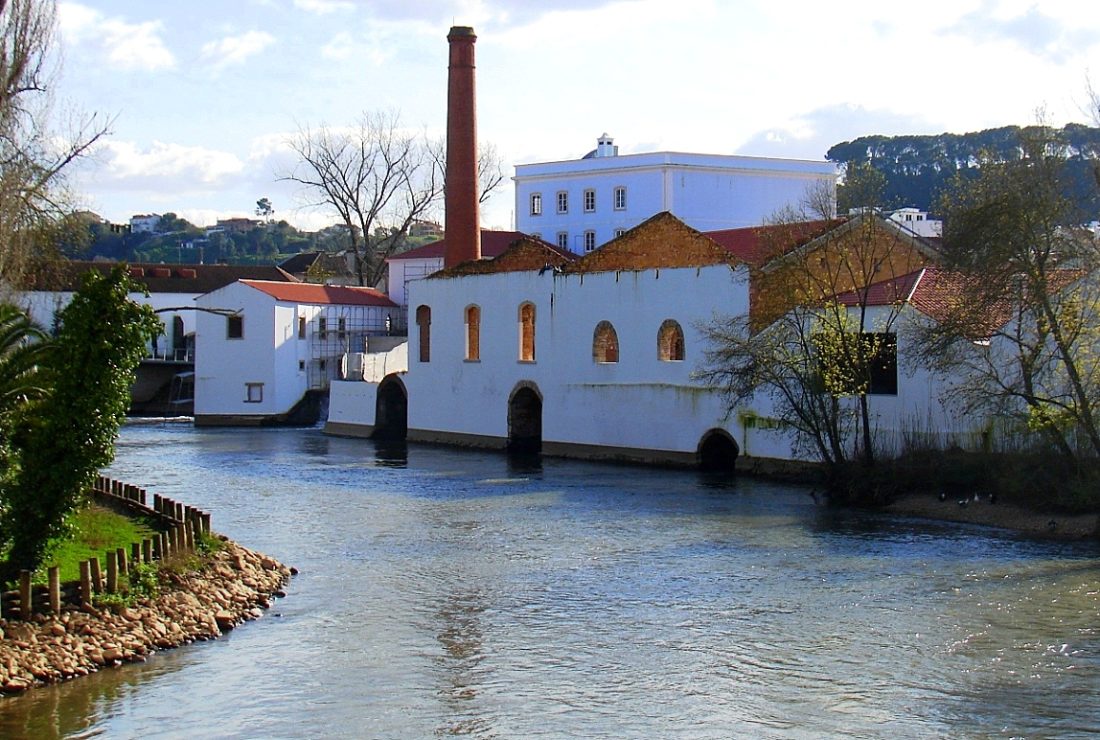
The water diverted to this channel passed beneath the mills, through narrow tunnels. Its force moved the mechanism to turn the grinders that grind the cereals. Of the mills that have reached our days, the oldest are those that are next to the Old Bridge, the Alcaide-Mor and the Secretary. The Lagares da Cruz and Martim Teles were built when the Infante D. Henrique was governor of the Order of Christ in the fifteenth century. Until 1912 the three symbols of D. Manuel were in the press: the armillary sphere, the cross of Christ and the national shield. At the beginning of the 20th century, Tomar was the 5th city in the country to have electricity. In 1912, to extend the power station, the winepress of the Cross was demolished.
9. Church of São João Baptista
The Igreja de São João Baptista Church is erected upon a the Praça da República square in Tomar, the city of the Knights Templar in Portugal. Although the date of its foundation remains unknown, it’s style is markedly Gothic. A reconstruction was performed in the late 15th century by order of King D. Manuel I. It’s worth noting its beautiful portico in Flamboyant style, as well as the pupil to the left of the nave, designed by an anonymous French artist.
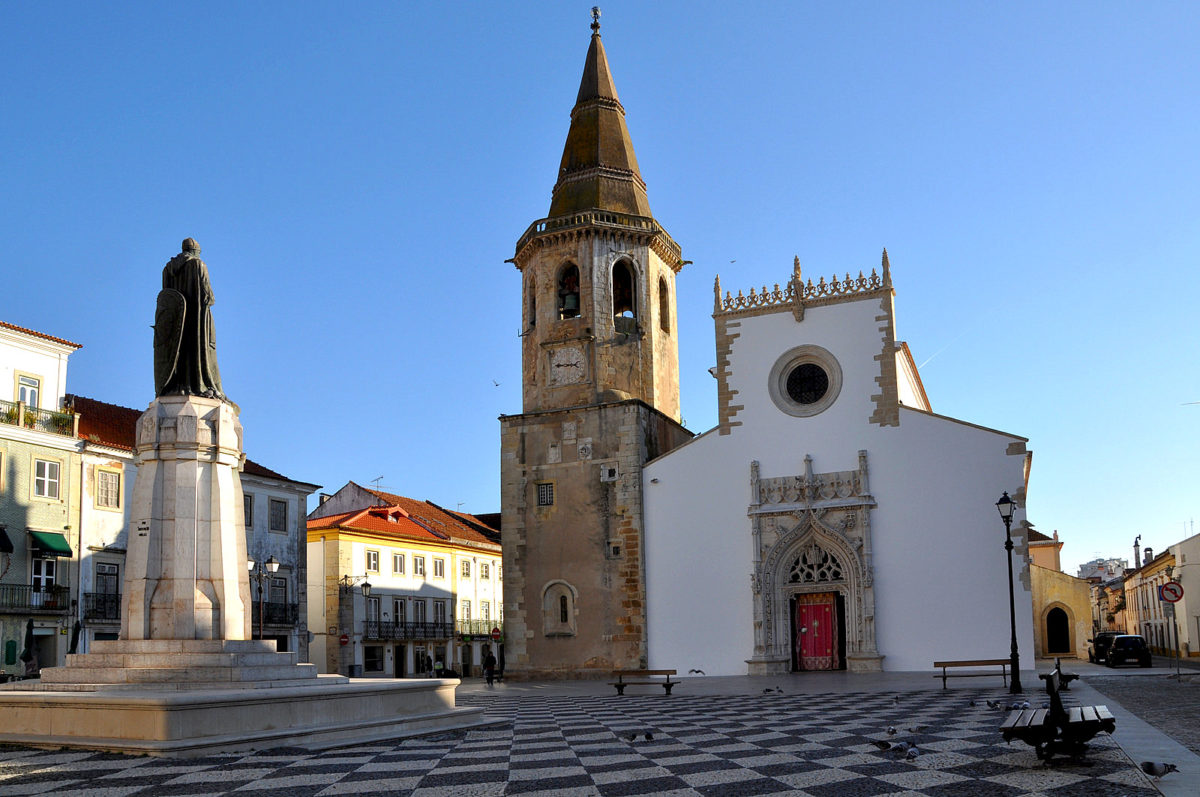
The tower belongs, however, to the Manueline style, with a rectangular base on the first level, octogonal in the second, a side-opening for the bells, and hexagonal on the top. You shouldn’t miss the late-gothic pulpit, with vegetable motifs and several paintings of great artistic value: several by Flemish masters such as the Tríptico do Baptismo de Cristo (Tryptic of the Baptism of Christ) attributed to Gregório Lopes, an artist known by his Última Ceia (Last Supper) or Decapitação de São João Baptista (Beheading of John the Baptist), all from the 16th century. This construction was listed as National Monument in 1910.
10. Synagogue of Tomar
This is the best preserved medieval synagogue in Portugal, and it’s located in a old cobblestoned street in the beautiful city of Tomar. This synagogue was built between 1430 and 1460. However, it was in use only for some years, since, in 1496, King Manuel I ordered the Jews in Tomar to convert or flee the city, most doing the later. Subsequently, the building was used as prison, chapel, and warehouse until 1921, when it was registered as National Monument. This was, in part, thank to the efforts by Luís Vasco, which belonged to one of the last two Jewish families of Tomar.
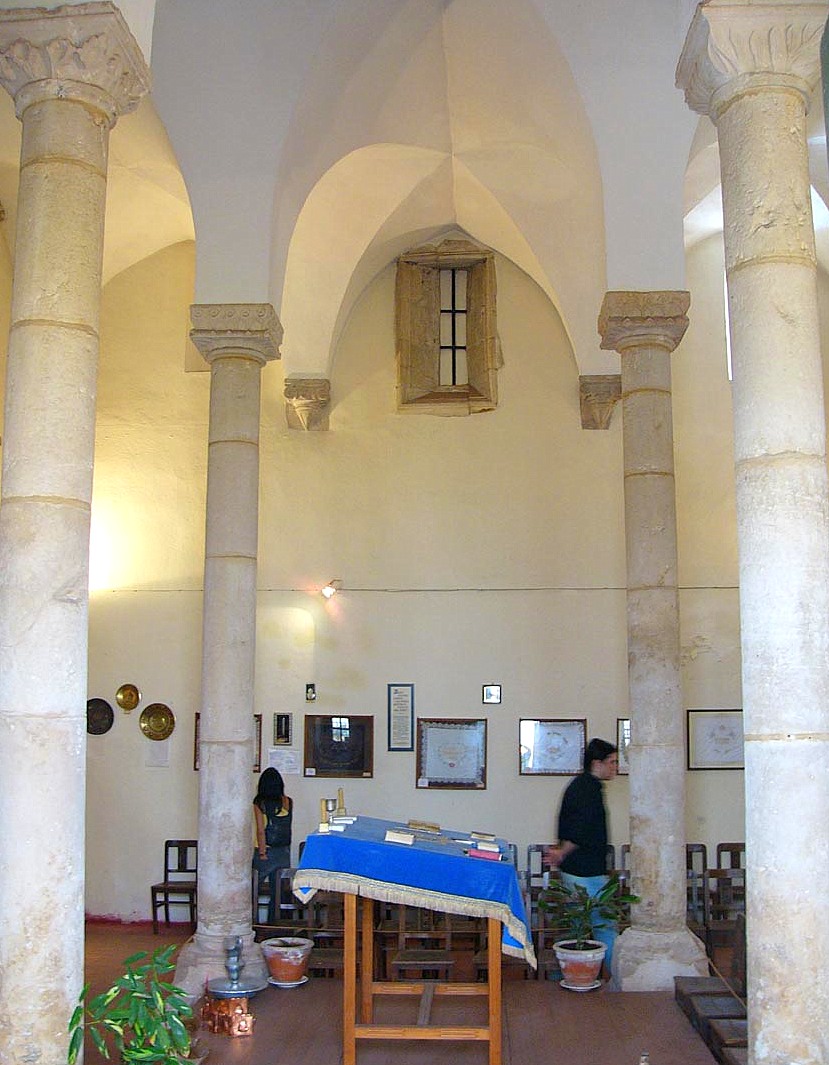
This simple and small building has a square shape and vaults supported by four columns. It was restored to its current appearance in the 15th century. It’s name is owed to the Jewish mathematician and astrologist Abraão Zacuto, who helped Vasco de Gama in planning his trips. Inside the museum, you will find several stones engraved in hebrew dating back between the 13th and 19th centuries. There is also a block of pink limestone from the Great Synagogue of Lisbon from 1307. Its walls are decorated with gifts and donations by international Jewish visitors. The boxes on top of the walls were used as a way of improving the acoustics of the room.
11. Church of Nossa Senhora da Conceição
The Ermida de Nossa Senhora da Conceição Hermit sits next to the Castle of the Knights Templar in Tomar, outside the walls. This chapel is the opera-prime of Portuguese Renaissance style, with capitals delicately sculpted. It is also one of the last buildings built by architect João de Castilho. In fact, Castilho died in 1553, the same year the building of this chapel began.
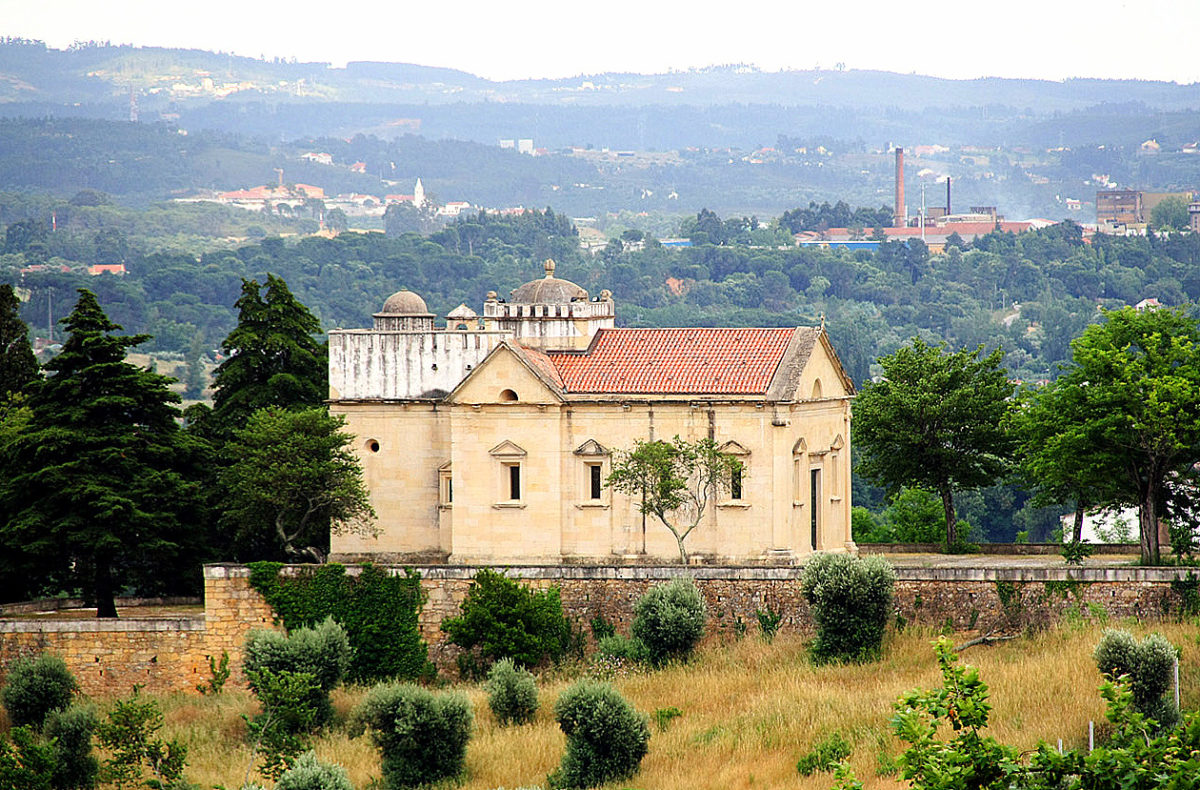
It had to be Diogo de Torralva who was hired to complete the building, which ended in 1573. Supposedly, the hermit was built as a mausoleum for King D. João III, who died in 1557 and was buried in the Monastery of the Jerónimos. Nowadays, and from 1910, it is listed as National Monument. It is advised to visit this hermit after having seen both the Castle and Convent, since the hermit lies halfway between the castle and the city.
12. Convent of Santa Iria
The Convent of Santa Iria was erected in the XVI century over a former Benedictine monastery, in the banks of the Nabão river. This is the sample place where the martyrdom of Santa Iria took place, beheaded by order of Britaldo. Her corpse was thrown into the river and arrived to Santarém, where the waters of the Tajo river “opened” to reveal her coffin. In the very middle of the river, there is a monument to mark the place where the miracle took place. The temple features a Renaissance portico in its northern façade. The church is the opera-prima of the Renaissance style in Portugal, work of the school known as “Coimbra Renaissance.” Both the portico and windows were designed by João de Castilho.
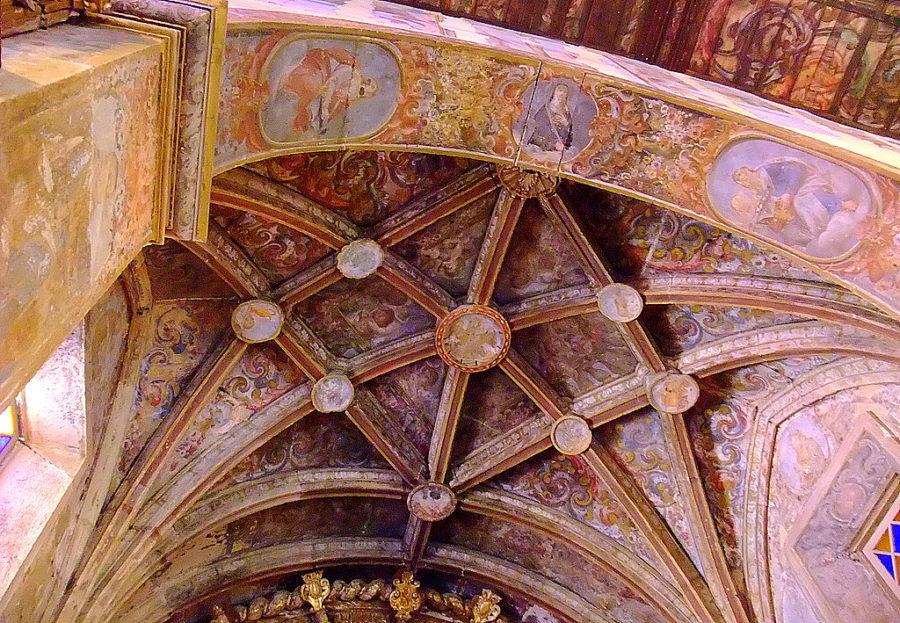
From the interior, it’s worth noting the Capela dos Vales (Chapel of the Valleys), with a valuable reredos in limestone by João Ruão. In the exterior, over the niche with an image of Santa Iria, Saint Patron of Tomar, you will find a stone with the relief of a bull. Some argue that the stone does have a secretive obscure meaning: since the bull is looking towards the north, towards the Castle of the Knights Templar and the Arcturus constellation, it could be related to the figure of King Arthur and the stories about the Round Table and the Holy Grail.
